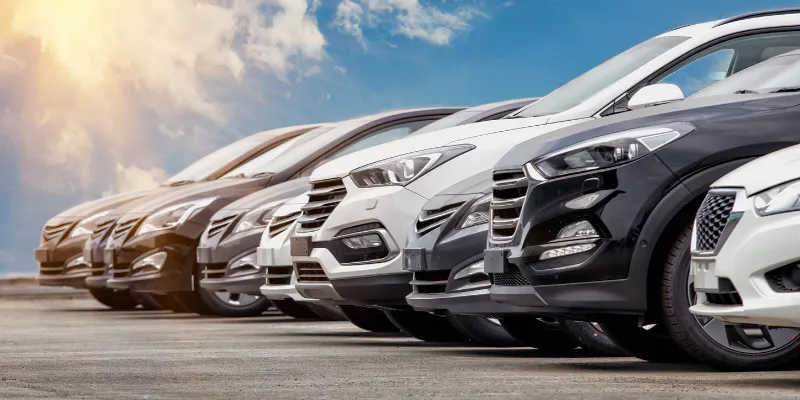How are automakers preparing for workplace and delivery ethics shift in post-COVID-19 era
Here’s what the automotive industry has to say about the new workspace complexities, and how it is making manufacturing and sales experience safer for employees and customers.
Today, countries across the world are having difficulty in resuming businesses and living in the ‘new normal.’ Scenarios have changed, and nearly every industry is struggling with establishing new workplace and delivery ethics.
While we are still unaware of how long the effects of this global pandemic may last, however, we must prepare for the economic, physical, and mental wellbeing challenges that may arise once the businesses reopen.
Here’s what the automotive industry has to say about the new workspace complexities, and how it is making manufacturing and sales experience safer for employees and customers.

Thought Process
The initial move towards recognising the present situation and long-term effects of COVID-19 for businesses, and working out ways to prepare for them is to distinguish the factors that can impact these results.
These factors include the adjustments in the structure of manufacturing frameworks (the capacity to automate while guaranteeing quality), to changes in the general wellbeing of the workers, social ethics, and morals.
The key concerns deciding on the future of the automobile sector depend on, “How long will the pandemic last?,” “Will a vaccine be developed?,” “To what extent will lockdown continue?,” and “How huge will the impacts, for example, social distancing be?”
While we all are appropriately worried about the questionable financial and business development, we additionally need to organise our reaction to this ever-evolving situation.
As it seems, if human lives are not protected well, there would be no business movement, no business sectors, no demand, and no supply. It is our demand for more that drives this economy, and without a solid plan, the industry might suffer for longer than it should.
Learning from the world
Watching how automobile sector across the world is gradually picking up, Indian industry leaders could take the lead. Customer needs and preferences have moved on to be more safety-driven, cleanliness centred.
Post the pandemic, the industry can expect buyers to switch to personal vehicles, rather than public transportation for the fear of virus spread. Shared transportation will be their last preference.
Difficult economic situations will call for careful spending on commodities like new cars or bikes, meaning the scope for pre-owned vehicles will broaden for at least the next two to three years. For service-based businesses, for instance, pay-as-you-go and rentals may likewise gain popularity among Indian buyers.
At the supply chain end, providers are relied on to confront serious budgetary and operational concerns. With domestic, as well as international trade exposure, Indian car providers will confront multifold challenges. For example, lockdowns in North America and Europe would prompt both import and export confinements.
Creating a blueprint
Here’s how the industry must protect its stakeholders, restore activity, and bounce back stronger:
OEMs should gather information about vendor and service providers’ financial and operational capacities, and classify them into sound, moderate, and high-risk averse.
They should devise encouraging plans for sellers and providers at high-risk by offering careful liquidity planning, and ways to restart businesses and operations within limited budgets.
OEMs and car dealerships must also devise more up-to-date approaches to keep in contact with customers. On the other hand, suppliers must assess their liquidity and organise near-term working capital.
For customers, businesses should design new product launches as per the new normal, that is, digital and soft launches. Suppliers must re-evaluate, react quicker, and sharpen 'quality first' mentality to catch a bigger portion of the worldwide business.
The prime focus should be on upgrading advanced sales experience, building strong analytics, and enhancing network and showroom sizes while keeping future customer base in mind.
Both research and development, and product-oriented groups should reconsider the need for changing safety standards, simultaneously, bringing down item and innovation expenses.
The quality of the domestic car industry, consistently, has been providing for the unquenched thirst of Indian clients for agreeable and safe individual versatility, and a larger want to improve one's expectations for everyday comforts, and the industry thrives on this emotion.
It might take some time to return to the basics, but deploying these strategies could result in an adaptable, versatile, and stronger comeback.
Edited by Suman Singh
(Disclaimer: The views and opinions expressed in this article are those of the author and do not necessarily reflect the views of YourStory.)








